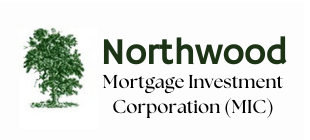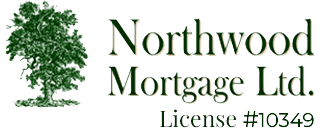Once a mortgage ends, it is up for renewal. While many people decide to renew with the same bank, you can take this time to examine your options. This may be the perfect opportunity to negotiate a new contract with your existing lender regarding interest rates and frequency of payments. It may also mean switching entirely to a new lender.
In this article, we will discuss mortgage renewal rates in Ontario and the process involved.
What is a mortgage renewal?
Renewing a mortgage becomes necessary when the existing contract expires. It requires renewal if you still owe repayment when the current term ends. Once the term ends, you can examine your mortgage options and the factors impacting them. This may include your payment frequency, financial institution, interest rate, and term length.
Your renewal rate is essential to your overall financial health, as it often consumes much of your budget. You need to be comfortable with the charges and save money when possible.
How does the process work?
As mentioned, you are up for renewal when your last term ends. This process assumes the mortgage is completely paid down ahead of time, and you aren’t at the end of the amortization period.
Mortgage terms last five years but can range from a few months to 10 years. The term is the time left on the mortgage contract and outlines your mortgage’s terms and conditions. Terms and conditions involve the type of mortgage rate (fixed or variable), prepayment penalties, interest rates, and additional fees associated with your contract.
Renewing with the same financial institution is generally a seamless process, but only if payments are made on time. If you choose the same lender, they will send the renewal papers to you for signing. Once signed, you can return the documents. While the process might sound easy, it may be time to shop around if you want to look for better interest rates or lower payments.
Before You Renew
Before renewing your mortgage, you may want to consider the following:
-
Do you want to change the repayment frequency?
-
Can you repay the mortgage sooner to save on paying interest?
-
Do you want to make extra payments without penalty?
-
Do you want to consolidate debt or increase the mortgage loan?
-
Are you receiving satisfactory service?
-
Do you like your current lender’s interest rate?
Answering such questions will enable you to decide whether to go with your existing lender or switch. Since you need to understand the consequences before switching financial institutions, begin the process before the renewal contract. This will save you the penalty costs.
What is the process when switching lenders?
If you renew with another institution, you must complete a new application. They may use different criteria for approval than your previous lender. Switching can come at a cost you may want to consider, like a home appraisal, set-up fees, and other administration costs. Additional fees can include legal costs, which a new lender may cover.
Note, however, that breaking a mid-term mortgage contract will cost more at the end of your term.
What is the process if you remain with the same lender?
If you stay with the same institution, you can negotiate interest rates. This is useful when rates drop. Since lenders must disclose how specific fees are calculated, it is vital that you ask about charges that arise with a renegotiation.
You can negotiate interest rates before the end of your mortgage term. This is done by using a blend and extend option, allowing you to extend a current term at lower rates by blending with a new interest rate.
For advice on mortgage renewal rates in Ontario, or if you want to switch lenders, book an appointment with Northwood Mortgage. Call us at 416-969-8130 or contact us here.






































